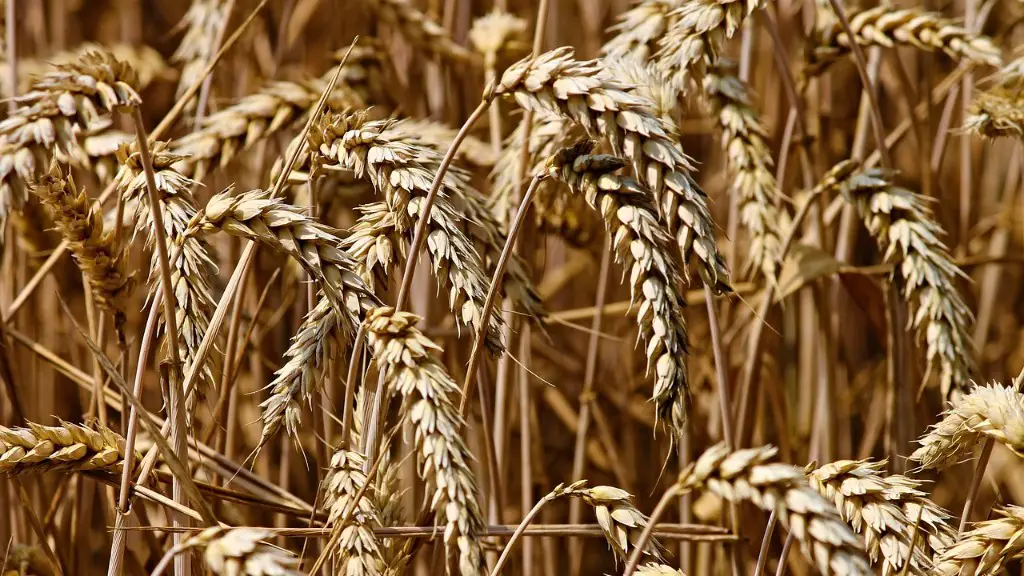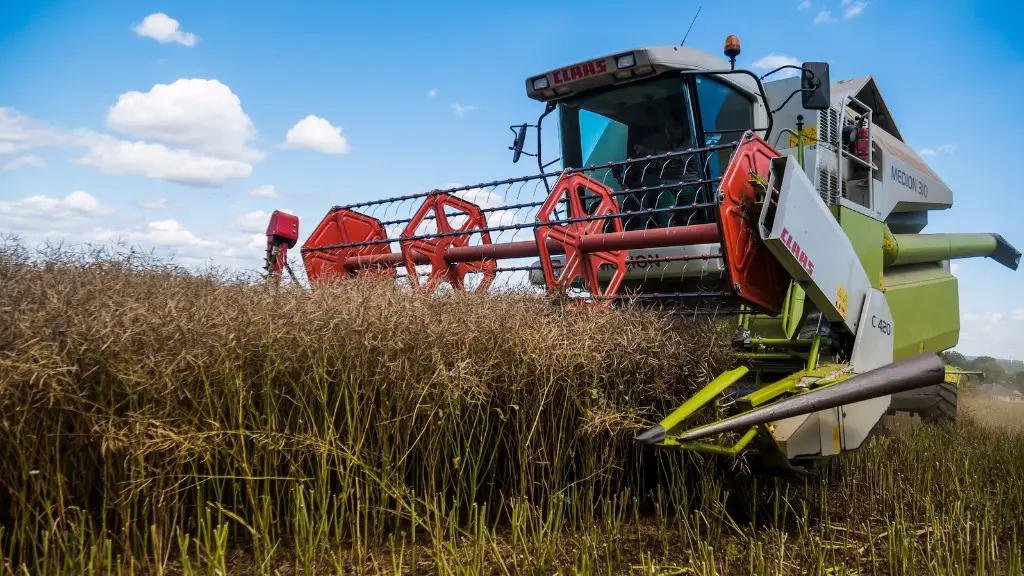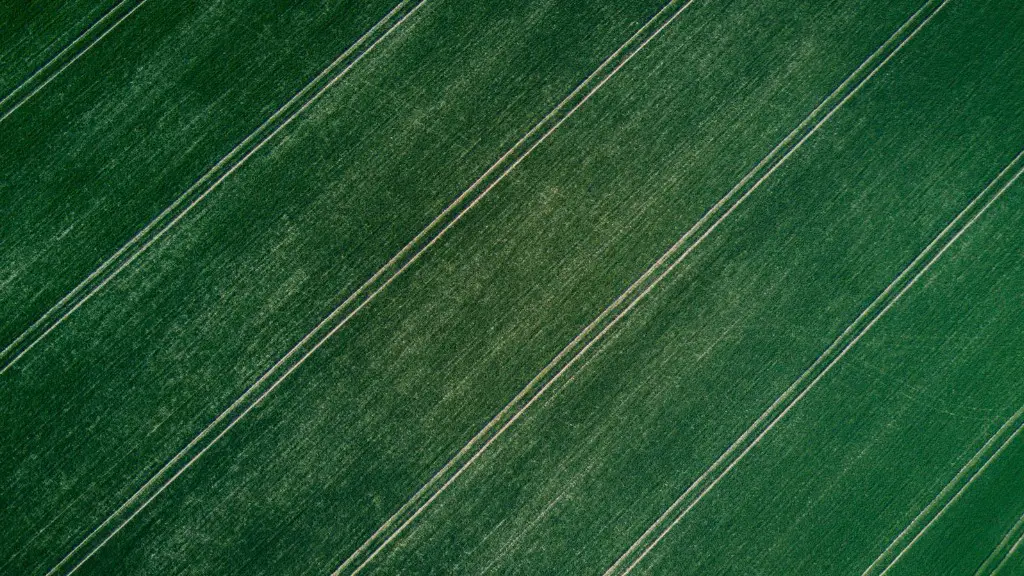The use of antibiotics in agriculture is a controversial topic. Some people believe that the routine use of antibiotics in livestock is necessary to prevent disease and maintain animal health, while others believe that this practice contributes to the development of antibiotic-resistant bacteria.
There are a variety of ways that antibiotics are used in agriculture. One way is to prevent infection in animals. Antibiotics may also be used to treat sick animals and to promote growth in healthy animals.
How does the use of antibiotics in agriculture impact human health?
It is important to be careful when using antibiotics in animals, as this may raise the risk of transmitting drug-resistant bacteria to humans. This can happen either by direct infection or by transferring resistance genes from agriculture into human pathogens. Therefore, it is important to use antibiotics responsibly in order to protect both human and animal health.
Antibiotics are commonly used on plants to control various diseases. Streptomycin, oxytetracycline, and gentamicin are some of the most commonly used antibiotics. Oxolinic acid is also used occasionally.
The use of antibiotics on tree-fruit crops is controversial. Some argue that the antibiotics can lead to the development of resistant pathogens. However, others argue that the benefits of using antibiotics outweigh the risks.
Streptomycin is commonly used to control the fire blight pathogen, Erwinia amylovora. However, streptomycin-resistant strains of this pathogen have been found in recent years.
Pseudomonas and Xanthomonas are two other pathogens that are commonly controlled with antibiotics. However, these pathogens can also develop resistance to the antibiotics over time.
What 2 main impacts do antibiotics have on farm animals
The use of antibiotics can help farmers to increase animal performance by allowing them to produce more meat with less feed input. This is because some antibiotics change the colony of bacteria in the rumen (one of four stomachs in cattle) to produce more of the compounds needed by cattle for growth.
The use of antibiotics in food animals is a controversial topic. Some people believe that antibiotics should only be used to treat clinical disease, while others believe that they can be used to prevent and control common disease events. There is also debate about whether or not antibiotics should be used to enhance animal growth.
Do farmers still use antibiotics?
The overuse of antibiotics in livestock has been a major contributor to the rise of antibiotic resistance. In an effort to combat this, the World Health Organization has called on countries to ban the use of antibiotics for growth promotion in animals. While this has been successful in some countries, such as the US, where producers are no longer allowed to use antibiotics for this purpose, they can still use them for disease prevention. This is not ideal, as it still contributes to the development of resistance, but it is a step in the right direction.
Germination tests were performed in climate chambers and effects on the remaining plant traits were determined in greenhouse experiments Results show that antibiotics, even in small concentrations, significantly affect plant traits These effects include delayed germination and post- germinative development.
Do antibiotics make farm animals grow faster?
Antibiotics are commonly used in animal husbandry to help promote growth. Antibiotics work by inhibiting the growth of microbes in the gastrointestinal tract, which can trigger immune responses in the host. This can help animals grow faster and more efficiently.
The overuse of antibiotics in farm animals is a major contributor to the development of antibiotic resistance in bacteria. When these resistant bacteria pass to humans, they can cause resistant infections. Antibiotic resistance is a major challenge for farming and human health.
Why do farmers medicate their livestock with antibiotics
The responsible use of antibiotics in animals is essential in maintaining a food supply that is safe for consumption. Antibiotics help to keep animals healthy and reduce bacteria that may enter the food supply, making it possible for people to safely enjoy the benefits of a healthy diet.
The history of agricultural antibiotics begins with the synthetic sulphonamides. In 1935, German pharmaceutical manufacturer Bayer marketed Prontosil (sulfochrysoidine). Prontosil was the first effective drug against Gram-positive infections and a commercial success (Lesch, 2007).
Are farm animals injected with antibiotics?
The use of antibiotics in dairy and beef production is widespread, with the majority of operations using them to prevent or treat Mastitis, respiratory and diarrheal diseases. However, there is growing concern over the potential for antibiotics to contribute to the development of antibiotic resistance. As a result, many producers are starting to re-evaluate their use of antibiotics and explore alternative options.
The results of this review suggest that antibiotics can have an impact on soil microorganisms by changing their enzyme activity, altering their ability to metabolize different carbon sources, and by changing the overall microbial biomass. This may be due to the fact that antibiotics can affect the gram-negative and gram-positive bacteria in different ways.
Why are antibiotics used on crops
Antibiotics are most commonly used in animal feed in order to help prevent the spread of infection or diseases related to stress. They can also be given at different dosages in order to promote faster growth.
The use of antibiotics for plant diseases was first noted in the 1950s, when oxytetracycline and streptomycin were found to be effective against bacterial diseases of high-value fruit, vegetable, and ornamental plants. Today, these antibiotics are still the most commonly used on plants.
Should the use of antibiotics in agriculture be banned?
The WHO recommends reducing the use of antibiotics in food-producing animals to help prevent the spread of antibiotic-resistant bacteria. Antibiotics should only be used to treat or prevent disease in animals, and not for growth promotion or preventative purposes without a diagnosis.
The benefits of antibiotics in animal feed are numerous. They can help increase efficiency and growth rate, treating clinically sick animals and preventing or reducing the incidence of infectious disease. In addition, they can help improve the quality of meat and milk products.
Conclusion
Antibiotics are used in agriculture to help prevent and treat infections in animals. They are also used to promote growth in food-producing animals.
The use of antibiotics in agriculture is a contentious issue. Some argue that the routine use of antibiotics in animals is contributing to the development of antibiotic-resistant bacteria, while others contend that the benefits of using antibiotics in agriculture, such as preventing disease and promoting growth, outweigh the risks. There is no easy answer, but the decision of whether or not to use antibiotics in agriculture should be made with careful consideration of the potential risks and benefits.





